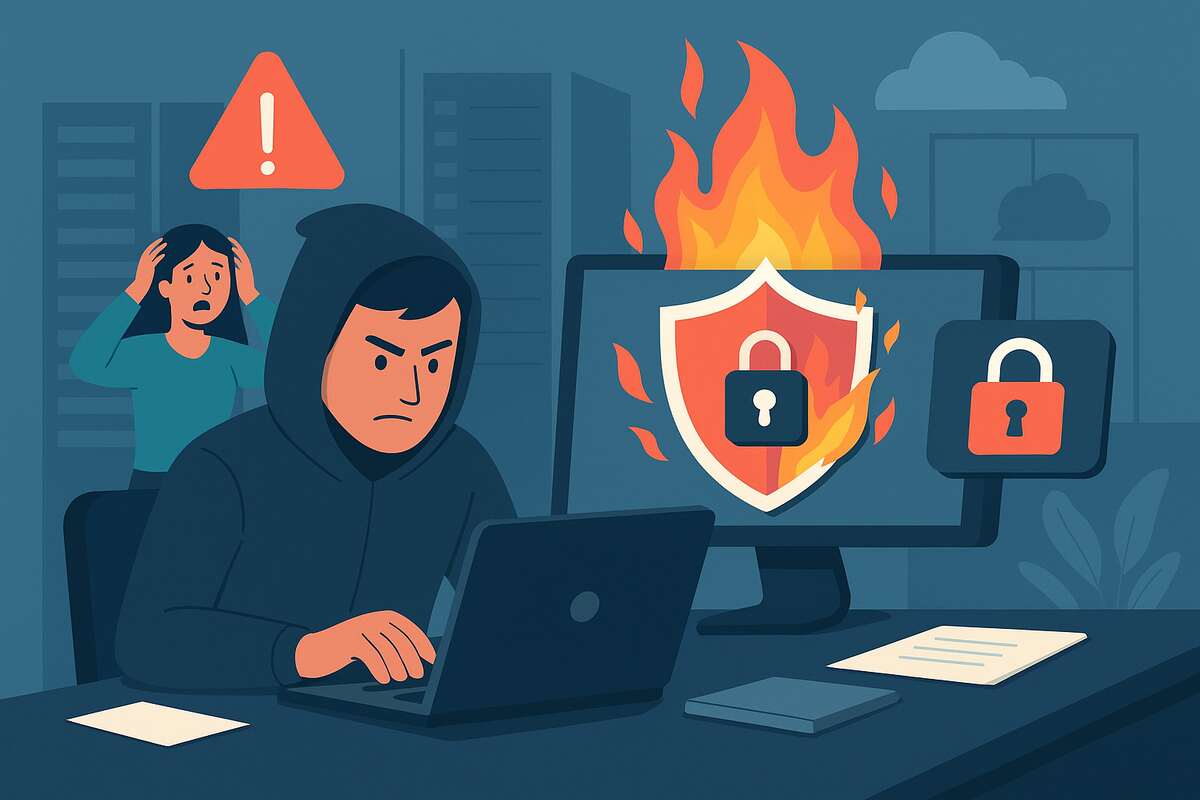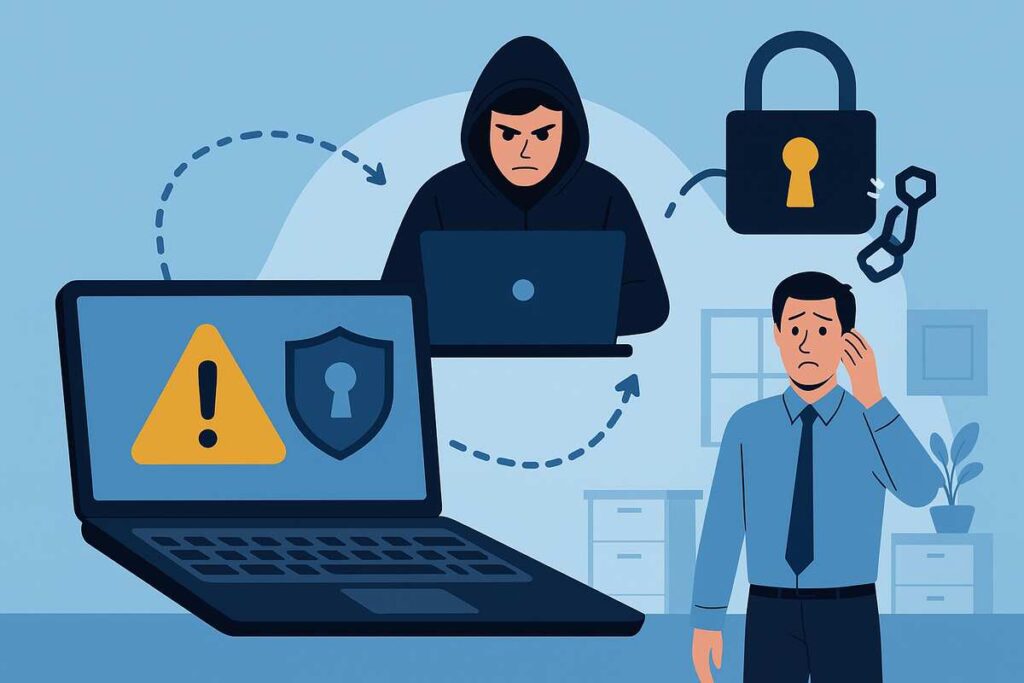Physical Address
304 North Cardinal St.
Dorchester Center, MA 02124
Physical Address
304 North Cardinal St.
Dorchester Center, MA 02124

In a digital world dominated by firewalls, threat detection, and encryption protocols, it’s often the human element that proves to be the weakest link. A single breach from within can dismantle even the most robust cybersecurity frameworks. Unlike external attacks, these incidents originate from trusted individuals—employees, contractors, or third-party partners—who either intentionally or unintentionally compromise data and systems. Recent incidents have highlighted how an Insider Threat can trigger a catastrophic security nightmare for any organization.
Security risks originating from within an organization can involve sabotage, data theft, espionage, or unintentional breaches caused by negligence.

According to a 2024 report by Verizon, nearly 20% of all data breaches involve internal actors.

Three individuals exploited internal tools to take over high-profile accounts in a cryptocurrency scam.
A former Amazon Web Services employee exploited a misconfigured firewall to access over 100 million customer records.
A disgruntled employee leaked sensitive manufacturing data and made false claims to regulatory bodies, causing reputational and legal damage.
These cases illustrate how trusted individuals can bypass external defenses and strike at the core of operational integrity.

Unlike outside threats that rely on breaking through defenses, internal risks come from individuals with legitimate access. This makes them harder to detect and even more damaging.
Organizations must be vigilant about red flags, such as:
Monitoring tools like Splunk, Microsoft Sentinel, and Forcepoint offer robust tracking for such anomalies.
IBM’s 2023 Cost of a Data Breach report estimates the average cost of an internal incident at $11.45 million.
Customer trust can plummet if sensitive data is leaked by someone from within the organization.
Breaches of personally identifiable information (PII) can result in massive fines under regulations like GDPR, HIPAA, and CCPA.
Recovery from an internal breach can involve months of audits, resets, and system hardening.
A comprehensive cybersecurity strategy must consider internal challenges. Here are proven steps to reduce exposure:
Users should only have access to the systems and data necessary for their role.
These tools learn normal user behavior and flag deviations that suggest misuse.
Periodic reviews of system logs, access levels, and data movement help uncover suspicious patterns.
Most incidents result from a lack of cybersecurity awareness. Regular training helps mitigate this risk.
Encourage employees to report suspicious activities anonymously without fear of retaliation.
DLP software monitors data transfers and restricts sensitive information from being copied or sent externally.
Remote work has expanded the attack surface:
Solutions include enforcing VPN usage, using endpoint detection software, and mandating secure file-sharing platforms.
Even administrators and hosting providers can pose internal risks.
Platforms like Cloudflare and AWS IAM help tighten internal controls.
New technologies are transforming detection and prevention:
Internal threats ignite more than just a security breach; they set off a chain reaction of financial, reputational, and legal repercussions. What makes them particularly alarming is their stealth—an attack from someone who blends in, trusted by systems and people alike. No organization is immune, but with the right blend of policy, monitoring, and cultural awareness, internal risks can be effectively minimized. As businesses continue to evolve digitally, prioritizing internal security awareness and detection is not optional—it’s essential.
Meta Description:
Insider Threat ignites a catastrophic security nightmare, risking sensitive data, trust, and compliance. Learn how to detect and prevent this growing danger.